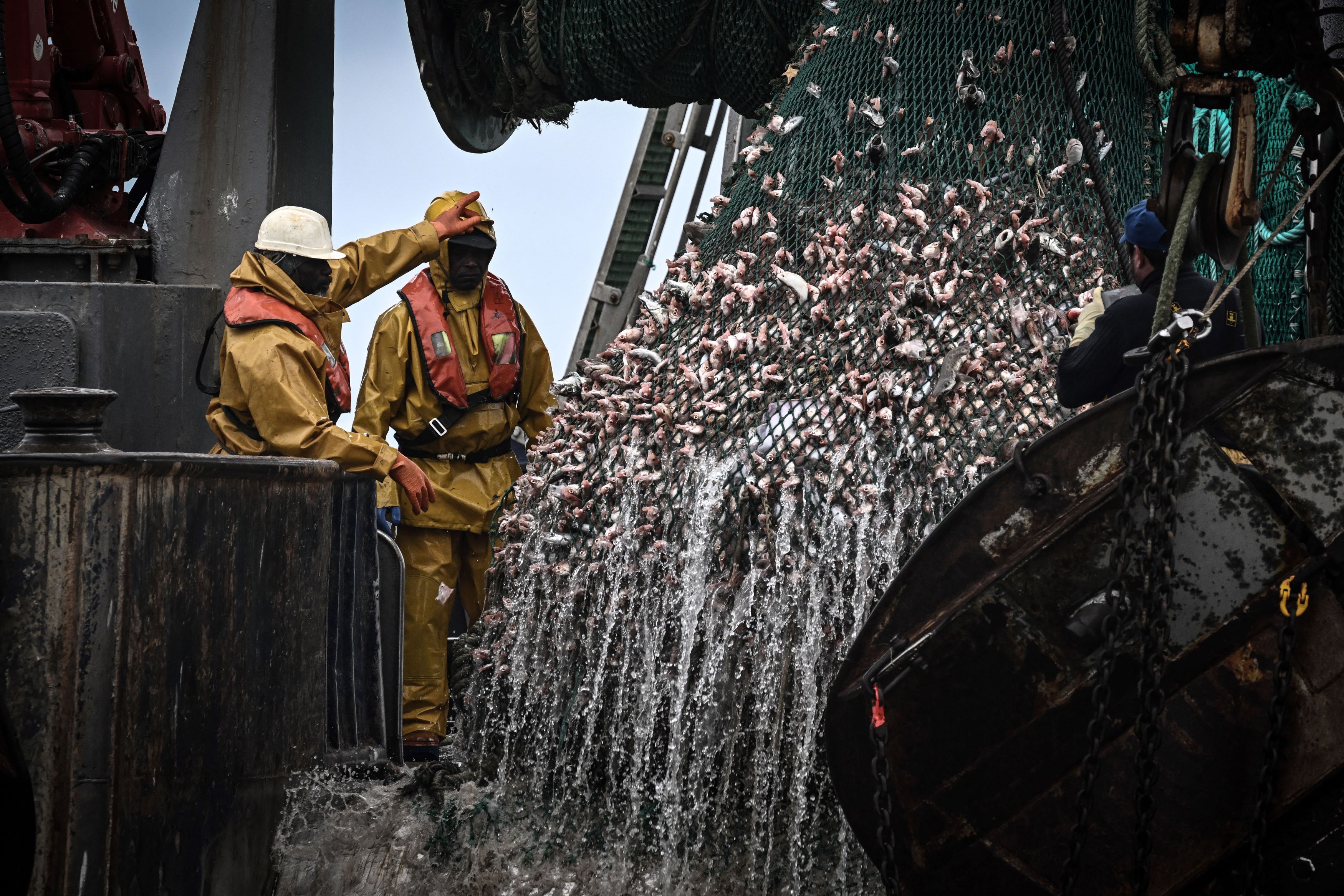
ROME - Global fisheries and aquaculture production has reached a new peak, with aquaculture production of aquatic animals surpassing capture fisheries for the first time, according to a report from the Food and Agriculture Organization of the United Nations (FAO) released on Friday.
The report, titled The 2024 edition of The State of World Fisheries and Aquaculture (SOFIA), said that global fisheries and aquaculture production in 2022 surged to 223.2 million tonnes, a 4.4 percent increase from 2020.
READ MORE: World food prices rise for third straight month in May, UN says
According to the report, for the first time ever, aquaculture production has surpassed capture fisheries as the main source of aquatic animal products in 2022.
Global consumption of aquatic animal foods reached 162.5 million tonnes in 2021, and global per capita annual consumption rose from 9.1 kg in 1961 to 20.7 kg in 2022, the report said
"This is a great result because it means that we can continue to increase the production of aquatic foods without increasing the impact on the marine environment, as less than 40 percent of aquaculture is produced in marine waters," said Manuel Barange, director of FAO's Fisheries and Aquaculture Division, in a written interview.
READ MORE: FAO: Soaring numbers of people in acute food insecurity in 2023
Ten countries including China, Indonesia, India, Vietnam, Bangladesh, the Philippines, Republic of Korea, Norway, Egypt, and Chile account for over 89.8 percent of the total aquaculture production, the report said.
Global consumption of aquatic animal foods reached 162.5 million tonnes in 2021, and global per capita annual consumption rose from 9.1 kg in 1961 to 20.7 kg in 2022, the report said. With high-quality proteins, aquatic foods provided at least 20 percent of the per capita protein supply from all animal sources to 3.2 billion people in 2021.
"This makes aquaculture a great tool for fighting hunger and poverty, all while using natural resources sustainably," said Manuel.
ALSO READ: UN agency: 2m children in Philippines suffer from food poverty
Despite the growth in aquaculture, capture fisheries remain an essential source of aquatic animal production.
According to FAO, aquatic animal production is expected to increase by 10 percent by 2032 to reach 205 million tonnes, driven by the aquaculture expansion and capture fisheries recovery.
The SOFIA report offers a comprehensive analysis of global aquatic resources and seafood trade, issued biennially and led by the FAO.


